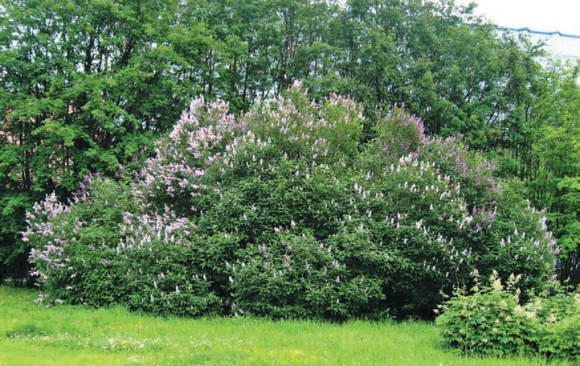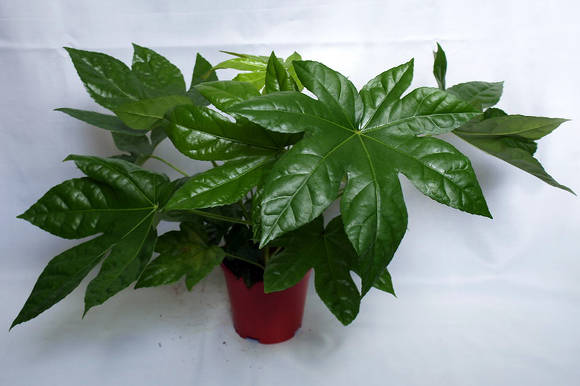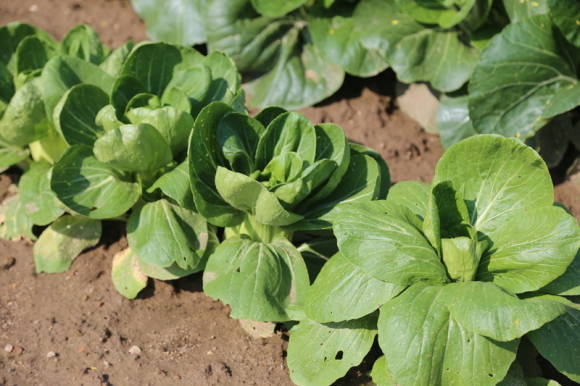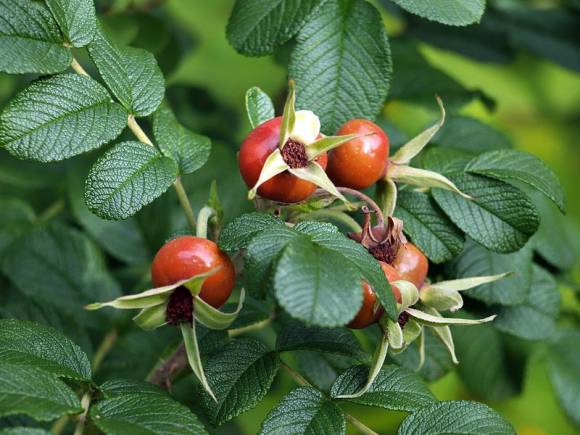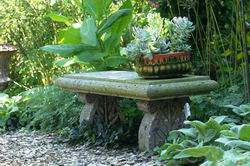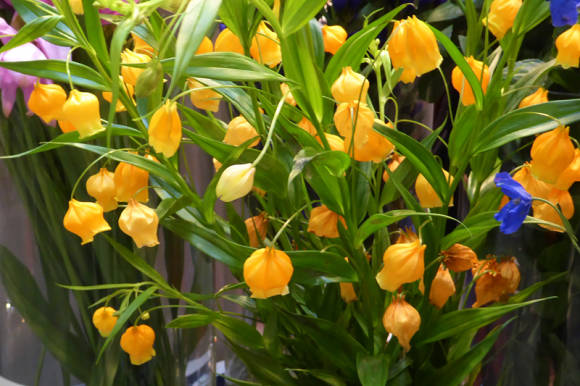The lush green foliage and the sense of peace that nephrolepis produces, their high ability to purify the air of harmful substances (according to NASA research) and the large amount of evaporated water, which noticeably increases the humidity of the surrounding air, make nephrolepis incredibly popular plants.

In countries with a warm climate, nephrolepis serve as an adornment for shady and humid gardens, and in our country they are exclusively home plants. Several species have become widespread in culture, their varieties differ in size and degree of dissection of leaf blades, in the form of growth and color of wai. Among the nephrolepis there are real giants and very small ferns, with growing vertically upward or drooping fronds, they can be grown in hanging pots or ordinary table pots, and also used to compose green compositions.
About cultivated species and varieties - on the page Nephrolepis.
The most popular and affordable varieties of nephrolepis sublime (Nephrolepis exaltata), better known throughout the world as Boston ferns.
The requirements for care are explained by the conditions of their growth in nature, they all come from warm and humid areas where there are no severe winters, and the plants are not exposed to frost. They settle on rocks, on the outskirts of tropical forests, often grow on trees, leading an epiphytic lifestyle.
At home, all nephrolepis will grow well in bright diffused light with high air humidity, although many varieties do quite well in the drier air of our apartments.
Room care
Illumination. Nephrolepis require bright, diffused light, some varieties are quite resistant to sunlight, but in general, direct sunlight should be avoided. Nephrolepis can grow on north-facing windows if the pot is placed directly on the windowsill. In deep shade, growth will stop, and with a strong lack of light, the fern degrades, and its leaves begin to dry out and fall off. In rooms with south-facing windows, place it slightly in the back of the room or to the side of the window so that only oblique sunlight falls on the plant. You can put it behind other plants, in the second tier. In bright sunlight, the fern may burn, the leaves will lose their intensity of green color, and will become faded yellow. Quite often, you have to rearrange the nephrolepis several times in order to find the optimal place for it.

Temperature all year round, a room, comfortable for a person, with a natural decrease by several degrees at night, within the range of + 16 ... + 26оС. The plant does not require special cool conditions in winter, but with a lack of light, you can slightly lower the temperature of the content, preventing cooling below + 12 ° C. Check the temperature on the windowsill with a thermometer in winter so as not to overcool the roots.
Watering regular, moderate. Nephrolepis require constantly moist soil, they do not tolerate its complete drying. But do not bring the substrate to full saturation with water, in the absence of air access to the roots, their rotting will begin. In winter, especially in cool conditions, watering is somewhat reduced; it is carried out only after the top layer of the soil has dried. Try to water with soft, settled water at room temperature. Watering should be carried out on top of the soil, and the excess water that has come out into the sump must be drained after 15-30 minutes. Overdrying, insufficient moisture will be signaled by the color of wai, they will acquire a pale grayish appearance. Water and spray liberally.
Read more in the article Watering rules for indoor plants.
Air humidity. Nephrolepis loves humid air, will tolerate moderate levels of humidity, but will suffer in dry air.Although some varieties turned out to be quite resistant to low humidity in heated rooms. Avoid placing them near heating appliances. Nephrolepis tolerates damp warm summer drafts well, but protect them from the hot air current, which greatly dries the leaves. It is a bathroom plant with good natural light. In other areas, spray the fern several times a day, or otherwise increase the humidity. Do not place plants near humidifiers that produce cold steam. Leaves can burn similar to frost damage.

Top dressing. During active growth, from spring to autumn, regularly feed the fern with universal fertilizers for indoor plants. Nephrolepis do not respond well to large doses of fertilizing, therefore, reduce the recommended amount by 4-5 times according to the instructions, and divide the monthly dose (already taking into account the reduction) by the approximate number of waterings per month and add this part with each watering.
Read more in the article Top dressing of indoor plants.

Soil and transplants... To avoid waterlogging with regular watering, do not use large and deep pots for the fern, and choose a light and porous soil. Since the plant does not have a pronounced dormant period, if there is additional lighting, you can transplant at any time of the year. If in winter the fern plunges into forced rest due to lack of light, in this case it is better to transplant in spring or summer. Nephrolepis should be transplanted only after their roots have well mastered the previous volume. If there is no need to reproduce the fern, then try to load it carefully, without disturbing it, while the new pot should be slightly larger than the previous one (2 cm wider and deeper). When transplanting a large fern, you can carefully divide it into several parts. Do not deepen the base of the plant, it should remain at the same level.
As a soil, a ready-made universal substrate based on high-moor peat with the addition of about 1/4 to 1/3 of the volume of perlite is suitable.
Read more in the article Transplanting indoor plants.
Reproduction. In nephrolepis, leafless shoots are usually formed in great abundance in the form of thin hairy green whiskers. When in contact with the soil, which often occurs around the perimeter of the pot, young plants form on them. During transplantation, they can be carefully separated or a large fern can be divided into several separate outlets, planted in small pots and kept in a greenhouse with high air humidity for about a month.
Maintaining appearance. Nephrolepis does not need pruning. Try not to touch the growing tips of the wai, especially if they have not yet fully unwound. After damage, they stop growing and begin to die off. Do not rush to plant small specimens, nephrolepis is beautiful as a lush dense plant. Over time, old fronds die off, dry up, this is a normal phenomenon. They should be carefully cut at the base with scissors and removed. It is helpful to give your fern a warm shower on a regular basis.
Pests. In the dry indoor air, nephrolepis are highly susceptible to the attack of a spider mite. Spray the leaves regularly with a fine spray, increase the humidity in the room using other possible methods, arrange regularly warm showers.
Scabbards can inhabit nephrolepis, they can be detected by the presence of small blotches similar to wax. However, they should not be confused with similar outwardly brown sori on the underside of the leaves. The scabbard can be removed without damaging the leaf, but the sori cannot.
Mealybugs are often found in the form of cotton-like formations on frond. If you find scale insects and mealybugs, treat the fern with Aktara.
About plant protection - in the article Houseplant pests and control measures.
Possible problems with growing nephrolepis
- The fern turned grayish-pale... Overdrying may be the cause. Water the plant and spray the frond.
- The leaves have acquired a whitish hue, covered with small white dots... The reason is in the defeat of a spider mite. Wash the fern regularly under a warm shower, correct the conditions of detention, increase the humidity.
- The leaves have turned yellowish... Perhaps the fern has too much light, the leaves burn out in the sun and may get burned. Move the plant from the sun to ambient light.
- Wai tips dry... The reason is systematic dryness or low air humidity. Correct leaving.
- Falling leaves can be caused by over or under watering, damage to the tip of the growing leaf, excessive light or lack of light, low temperature, or cold watering.
- Some of the leaves are completely dry... If at the same time the growth of young normal wai is observed, then this may be a natural process, the withering away of old leaves.
- Brown formations on the underside of the leaves, closer to their edge... It can be confused with the scale insect, but these are soruses in which fern spores mature, a phenomenon normal for nephrolepis leaves. When you try to remove them, the sheet is injured, and the scabbards are removed without damage.

